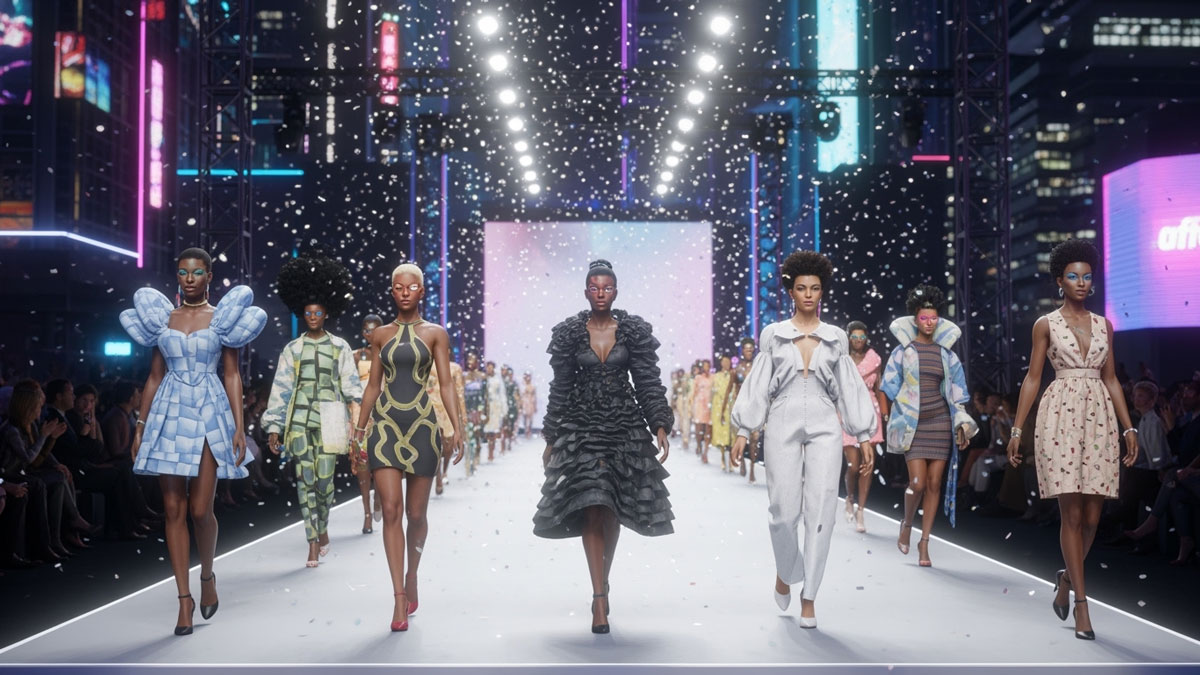
Ever scrolled through Instagram and stopped dead on a flawless model, only to realize—wait, they’re not even human? Welcome to the world of virtual models! These digital personalities are reshaping how brands capture attention, engage with audiences, and create unforgettable marketing campaigns.
A virtual fashion model is more than just pretty pixels—they’re influencers created using CGI, AI, and 3D animation. Think of them as your brand’s new best friend: always ready, endlessly stylish, and totally controversy-free. Brands from Dior to Balenciaga are already riding the wave. Isn’t it about time your brand caught it, too?
Want to make your brand stand out in a fresh and exciting way? A virtual influencer could be the game-changer you’re looking for.
If you’re ready to create a digital character that connects with your audience, we’re here to help.
Get in touch today to start building a virtual influencer that truly speaks to your fans.
Learn more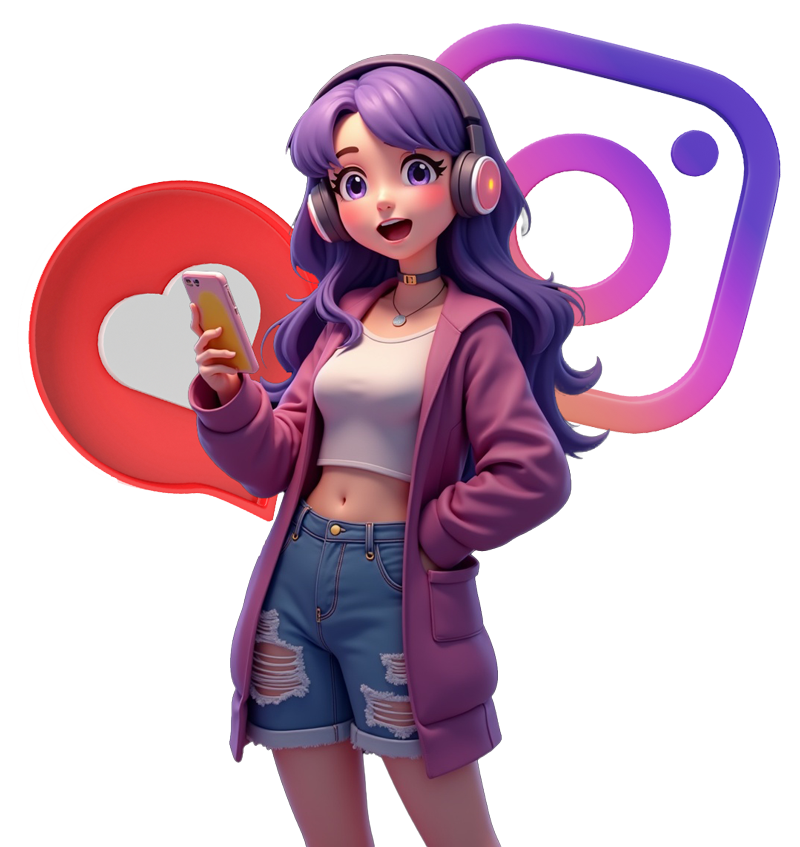
In this article, we’ll dive deep into what virtual models are, how they work, and why smart brands can’t ignore them anymore. Buckle up—it’s about to get digital!
What Exactly is a Virtual Model?
You’ve heard the buzz around virtual models, but maybe you’re still wondering—what exactly is a virtual model, anyway?
Well, it’s simple: virtual models are computer-generated characters built to look and act like real-life fashion influencers. Powered by advanced CGI, AI, and animation, these digital trendsetters can pose, model clothes, star in campaigns, and even interact with their followers online.
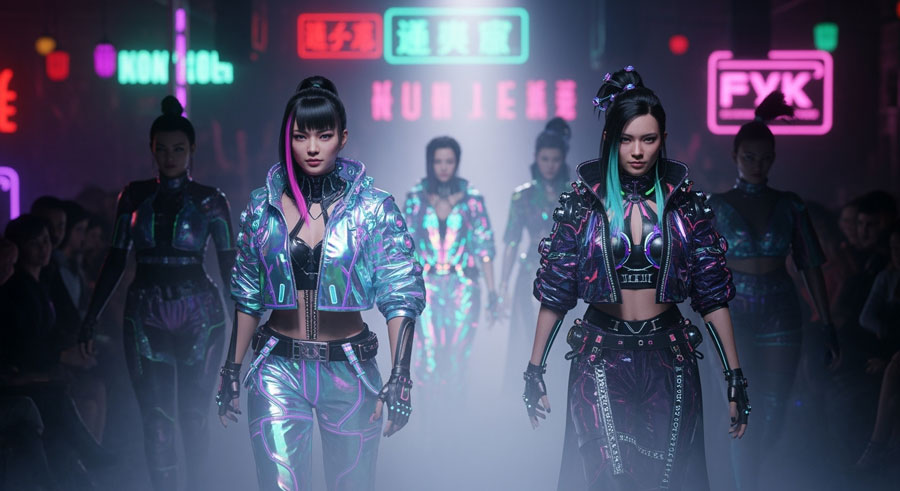
Think of virtual fashion models as always stylish, endlessly customizable, and completely reliable characters.
They can do a virtual catwalk, deliver personalized marketing content, speak multiple languages, and appear in branding campaigns, like famous human models, but not real and virtual.
Ready to find out what else a virtual model can do for your business? Let’s jump right in!
Examples of Virtual Models
Still curious about what exactly a virtual model looks like in action? Great! Let’s take a look at two standout examples who’ve already reshaped the digital landscape: Lil Miquela and Shudu Gram.
Lil Miquela: The Virtual Fashion Model Who Became a Digital Superstar
Lil Miquela isn’t just a virtual model—she’s a full-on celebrity. With over 6 million followers across Instagram, TikTok, and YouTube, she’s become the face of the digital influencer movement. Created by the tech-savvy team at Brud, Lil Miquela’s story goes way beyond fashion. She sings, collaborates with major brands, and speaks up for causes she believes in, just like any real influencer would.
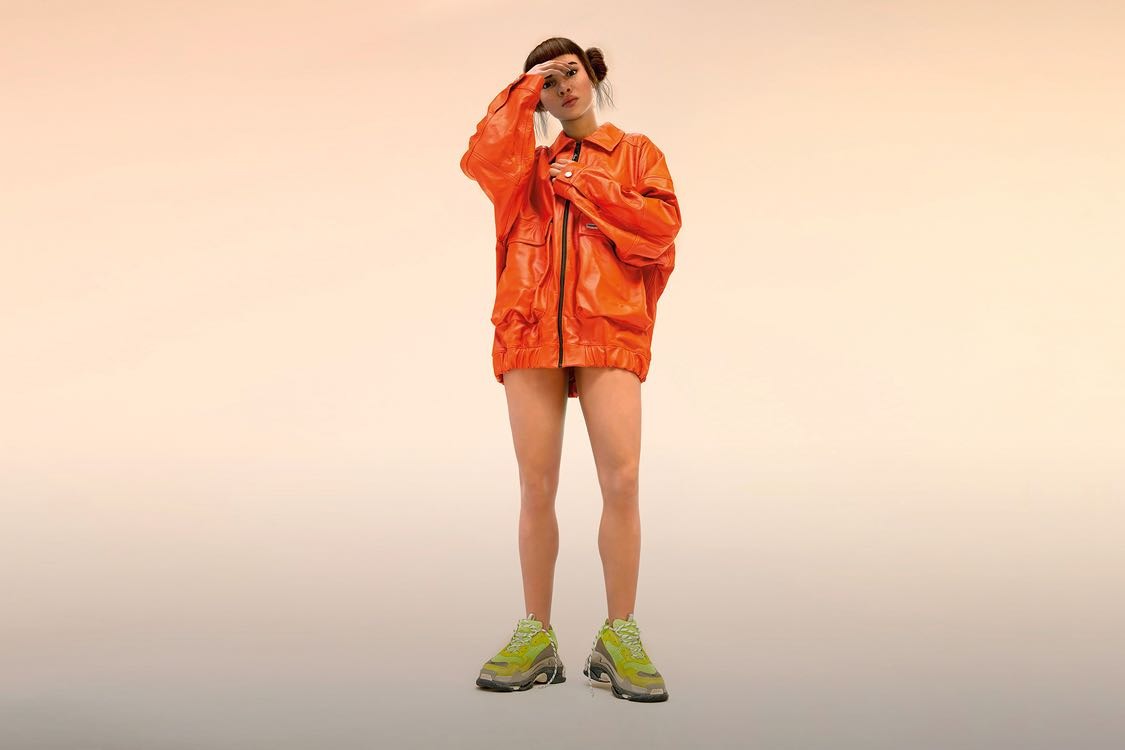
Prada, Calvin Klein, and Dior are just a few of the luxury brands that have teamed up with her for bold campaigns, proving that virtual fashion models are not only trendy—they’re effective. Why is she so popular? Simple. Fans love her fresh, relatable personality and storytelling, mixed seamlessly with the futuristic intrigue of her digital existence. Lil Miquela doesn’t just follow trends; she creates them.
Shudu Gram: The World’s First Digital Supermodel
Meet Shudu Gram, a virtual model celebrated as the world’s first digital supermodel. Created by visionary artist Cameron-James Wilson, Shudu turned heads and sparked conversation across the globe when she first appeared online. She’s modeled for top luxury fashion houses such as Balmain and Fenty Beauty, delivering stunning campaigns that set social media on fire.
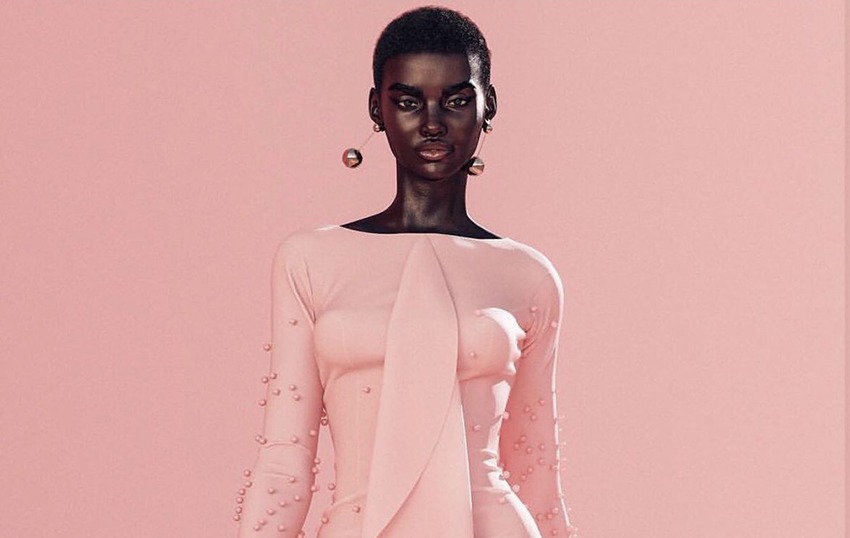
What makes Shudu special? Her mesmerizing realism and undeniable elegance. Composed meticulously using advanced CGI technology, this virtual fashion model has a beauty and authenticity that rivals human supermodels. Shudu demonstrates the incredible potential of virtual models in luxury fashion, showing brands how limitless creativity and digital innovation can transform their marketing strategies.
Benefits of Using Virtual Models
Okay, by now you’re probably thinking, “virtual models sound cool—but what’s in it for my brand?” Glad you asked! Virtual models aren’t just trendy novelties; they come packed with practical benefits that traditional models simply can’t offer. Here’s why forward-thinking brands are making the switch:
Always-On, Always Ready
First things first: virtual models don’t need rest or vacations. A virtual fashion model is available 24/7, can shoot multiple campaigns at once, and never has scheduling conflicts. Imagine launching simultaneous marketing efforts in different countries, at any hour of the day, without breaking a sweat (or your budget). Sounds good? That’s the magic of going digital.
Complete Creative Control
With a virtual model, every detail is customizable. Outfit, hairstyle, personality—you name it, you control it. Want a bold new look for your brand’s campaign? No problem. Need adjustments last-minute? Easy. Virtual models offer unparalleled flexibility, letting you prepare precisely the image and message you want, exactly when you want it.
Risk-Free Branding
Ever worried about your brand ambassador making headlines for the wrong reasons? A virtual fashion model completely removes the risk of scandals, controversies, or unexpected image changes. They’ll always stay on-message, perfectly aligned with your brand’s values. No PR crises, just flawless branding.
Cost-Effective and Efficient
Real photoshoots cost real money—think location fees, travel expenses, wardrobe budgets, and much more. Virtual models cut all these costs dramatically. With CGI, your virtual model can be placed anywhere in the world (or even out of this world), without the logistical nightmares or expenses. It’s an efficient, budget-friendly way to create stunning, engaging campaigns consistently.
Time Effectiveness and Speed of Content Production
In today’s marketing world, speed matters. Virtual models dramatically speed up your content production process. Traditional photo shoots can take weeks to plan and execute. But with a virtual model, you can generate entire campaigns in just hours or days. Need quick adjustments or a fresh look? No waiting for makeup, wardrobe changes, or lighting adjustments. Your digital influencer is always camera-ready, allowing your brand to react quickly to trends and stay ahead of the competition.
Instant Global Appeal
A virtual fashion model effortlessly transcends language barriers, cultural differences, and geographic limitations. Your model can speak multiple languages fluently, appear in global campaigns simultaneously, and resonate with diverse audiences. It’s like having a global brand ambassador at your fingertips—minus the jet lag!
Virtual models aren’t just about keeping up with the digital age—they’re about getting ahead of it. Brands like Prada, Balmain, and Dior are already leveraging these digital stars for their strategic advantage.
Challenges
Now, before you jump fully onboard the virtual model trend, let’s keep things real. While virtual fashion models have incredible benefits, they also come with their own unique set of challenges. Knowing these upfront can help your brand navigate smoothly—and keep your digital influencer thriving. Here’s what you need to keep in mind:
The Uncanny Valley
Let’s talk psychology for a sec. The “uncanny valley” is a phenomenon where something digital looks almost—but not quite—real enough, creating unease among viewers. Virtual fashion models who fall into this uncanny valley risk losing their appeal, coming across as unsettling rather than inspiring. Avoiding this means investing in top-quality CGI and animation so your virtual model always feels relatable, realistic, and engaging rather than just artificial.
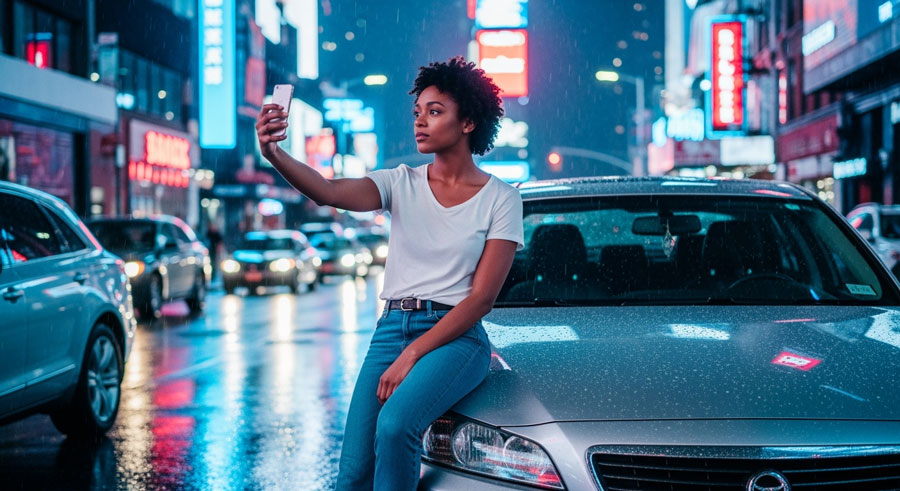
Ethical Considerations and Transparency
Virtual models raise some ethical questions—like setting unrealistic beauty standards or unintentionally misleading followers who assume they’re real. Brands must navigate these concerns thoughtfully, clearly disclosing their virtual model’s digital nature. Ethical and transparent practices aren’t just responsible—they also build long-term trust and brand loyalty.
Legal and Copyright Issues
Who owns the rights to your virtual fashion model? Is it the brand, the creators, or both? When virtual models collaborate with brands, licensing and intellectual property rights can get complicated quickly. But here’s the great news: once you’ve created your virtual model, you can officially register it as your intellectual property. This means your brand exclusively owns that character—and no one else can use it without your permission. Registering your virtual model as IP provides legal protection, ensures brand uniqueness, and safeguards your investment against unauthorized usage or copycats. Just make sure you have clear agreements and well-defined guidelines from day one, and your digital influencer will remain uniquely yours, free from legal headaches down the road.
Overcoming these challenges isn’t just possible—it’s straightforward if you know how. By addressing these issues upfront, your brand can enjoy all the powerful advantages of virtual models while steering clear of common pitfalls.
Creativity and Narrative Challenges
Virtual models rely heavily on compelling storytelling and creative strategies to feel authentic. Unlike real models who naturally embody experiences, virtual fashion models require carefully developed narratives and consistent creative effort to appear relatable and engaging over time.
How to Create a Virtual Model
So, you’ve decided it’s time to bring a virtual model into your brand universe. Smart move. But where do you begin? Don’t worry—we’ve got the roadmap right here. Creating a virtual fashion model might sound like a big leap, but with the right process (and the right creative team), it’s smoother than you think.
1. Define Your Model’s Identity
Every great virtual model starts with a clear identity. Who are they? What do they represent? Are they bold and edgy, or elegant and serene? Define their personality, tone of voice, and core values—just like you would with any brand ambassador. This foundation shapes everything else that follows.
2. Develop a Character, Story, and Universe
Your virtual model isn’t just a face—they’re a character with a story. Where do they live? What’s their background? What kind of world do they exist in—realistic, futuristic, fantastical? This narrative layer is what helps audiences connect. The stronger the backstory, the more your virtual fashion model becomes relatable, memorable, and marketable.
3. Design Character Visual and Appearance
Now it’s time to bring that identity to life visually. Collaborate with designers and 3D artists to create the look—skin tone, facial structure, hairstyle, wardrobe, posture. Every pixel matters. Your virtual model’s appearance should reflect both their personality and your brand’s DNA. Whether you go hyper-realistic or stylized, consistency is key.
4. Animation and Motion Capture
Ready to give your model some moves? Using motion capture and animation, you’ll turn a static image into a living, breathing digital figure. Whether it’s walking a virtual runway, striking a pose, or dancing on TikTok, realistic motion makes your virtual fashion model feel alive—and increases audience engagement.
5. Integrate AI and Interactive Capabilities (Optional)
Want your virtual model to go beyond visuals? Add artificial intelligence. With AI, your virtual model can hold conversations, answer questions, post content autonomously, and even adapt to user behavior. This step isn’t required—but if your goal is two-way engagement, AI can take your virtual model from cool to unforgettable.
6. Content Creation
Time to put your virtual model to work. Develop content that fits your brand goals—photoshoots, videos, product placements, collaborations. Your virtual fashion model can star in everything from social media ads to AR experiences to full-fledged story arcs. And because they’re digital, the production is fast, flexible, and scalable.
7. Launch and Marketing
Now comes the spotlight moment: the launch. Introduce your virtual model through a well-designed campaign. Tease their arrival. Build hype. Have them interact with real influencers, brands, or even fans. Make their debut feel like an event—and position your brand as a trend leader at the forefront of innovation.
8. Maintain, Evolve, and Grow
Creating a virtual model isn’t a one-and-done deal. Keep them fresh. Update their wardrobe, evolve their story, react to trends, and align them with new campaigns. The most successful virtual fashion models are dynamic—they grow with your brand and audience, staying relevant and impactful over time.
Virtual models don’t just elevate your brand visually—they expand what’s possible. And with this step-by-step approach, you’re not just creating a character. You’re building an asset that lives, breathes, and performs in the digital world.
Dream Farm Agency offers end-to-end services for brands that want to develop virtual models, virtual influencers, or brand mascots. From character identity and worldbuilding to 3D design, animation, AI integration, and campaign launch, we handle every step in-house.
If your brand is looking for a unique, high-impact digital character that performs across platforms and aligns perfectly with your marketing goals, Dream Farm Agency delivers expert solutions backed by real experience.
Creative. Technical. Strategic. All in one place.
Final Thoughts
Virtual models aren’t a futuristic gimmick anymore—they’re a powerful, proven tool that brands are using right now to shape culture, boost engagement, and tell unforgettable stories.
Whether you’re in fashion, tech, beauty, or entertainment, a well-designed virtual fashion model can extend your brand’s reach, speed up content production, and give you creative control like never before. And as technology keeps evolving, so will the possibilities.
The brands that lead tomorrow are already experimenting today.
If you’re thinking about building a virtual model for your business, now’s the time to move. Because in a world where content moves fast and audiences expect more, virtual models deliver something fresh, scalable, and endlessly creative.
While a virtual model is a powerful asset on its own, its true potential is unlocked when it becomes an influencer with a voice, a story, and a community. To learn how to build that strategy, read the complete guide to virtual influencer marketing.
And at Dream Farm Agency, we know how to make them work.

HosseinDigital Marketing Expert
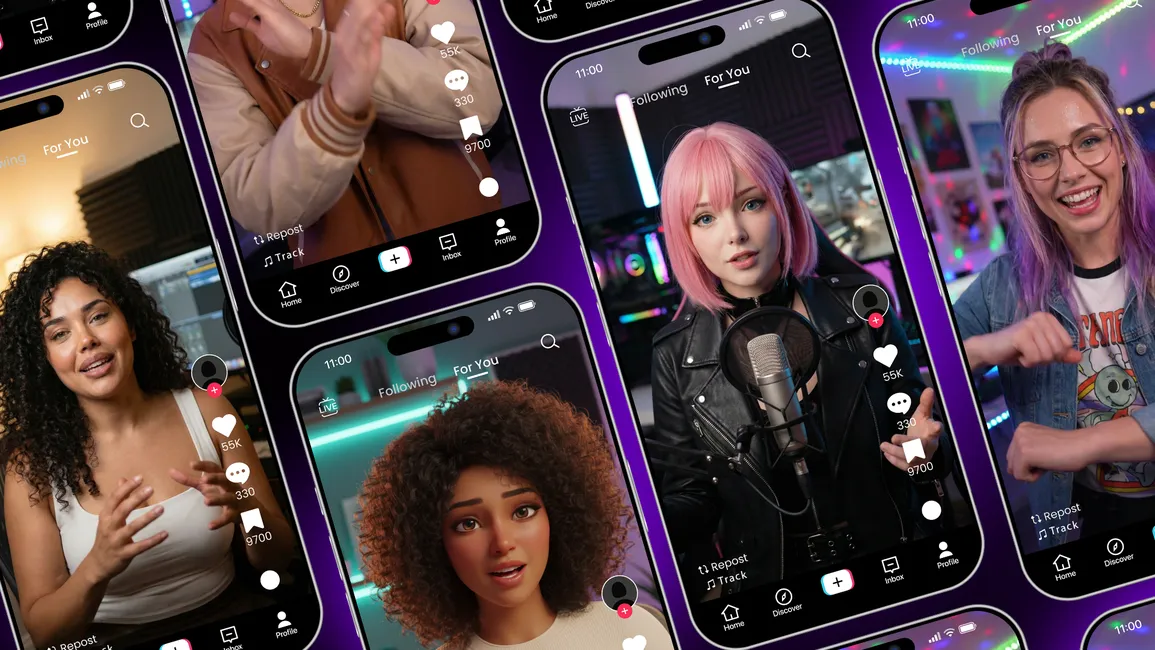
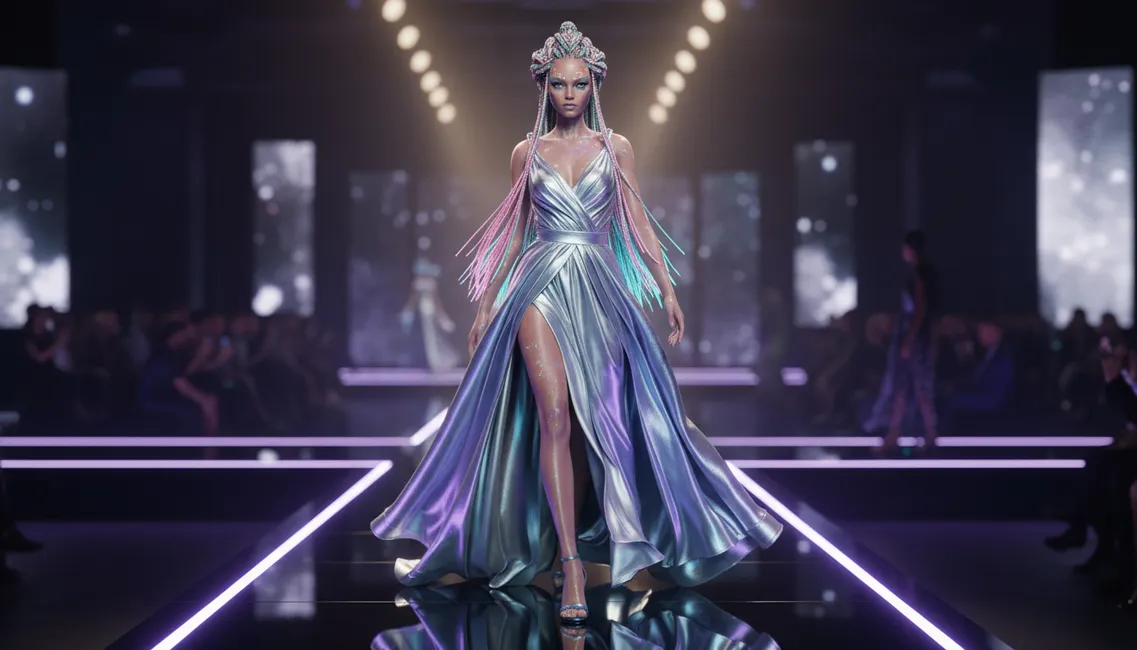
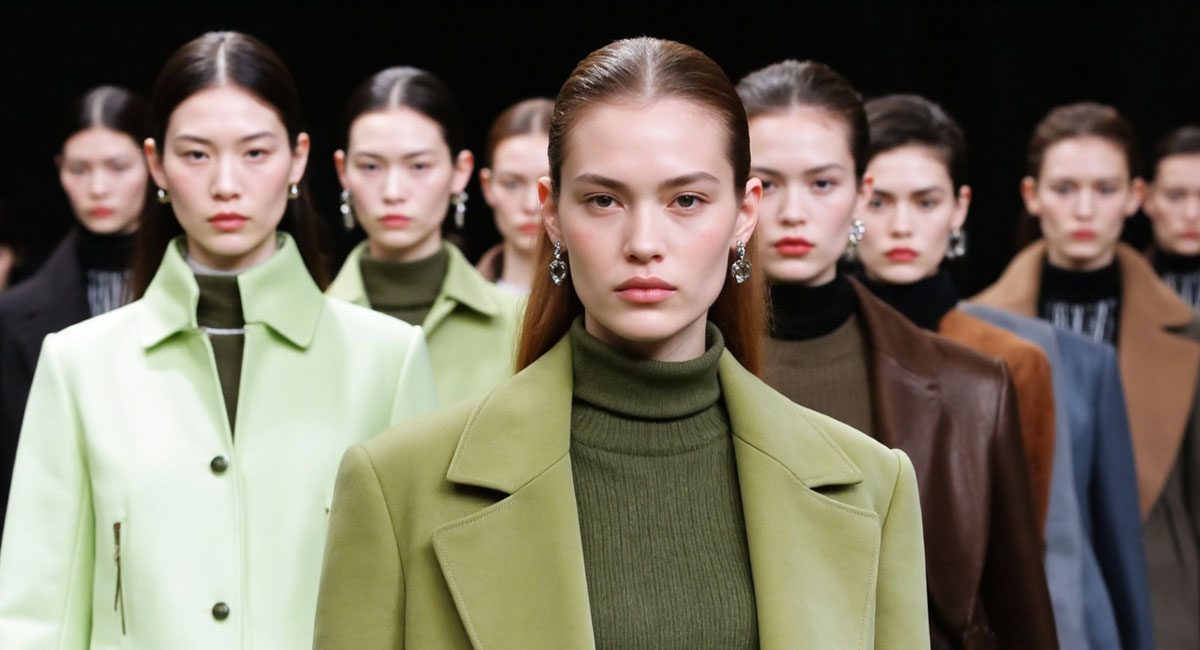
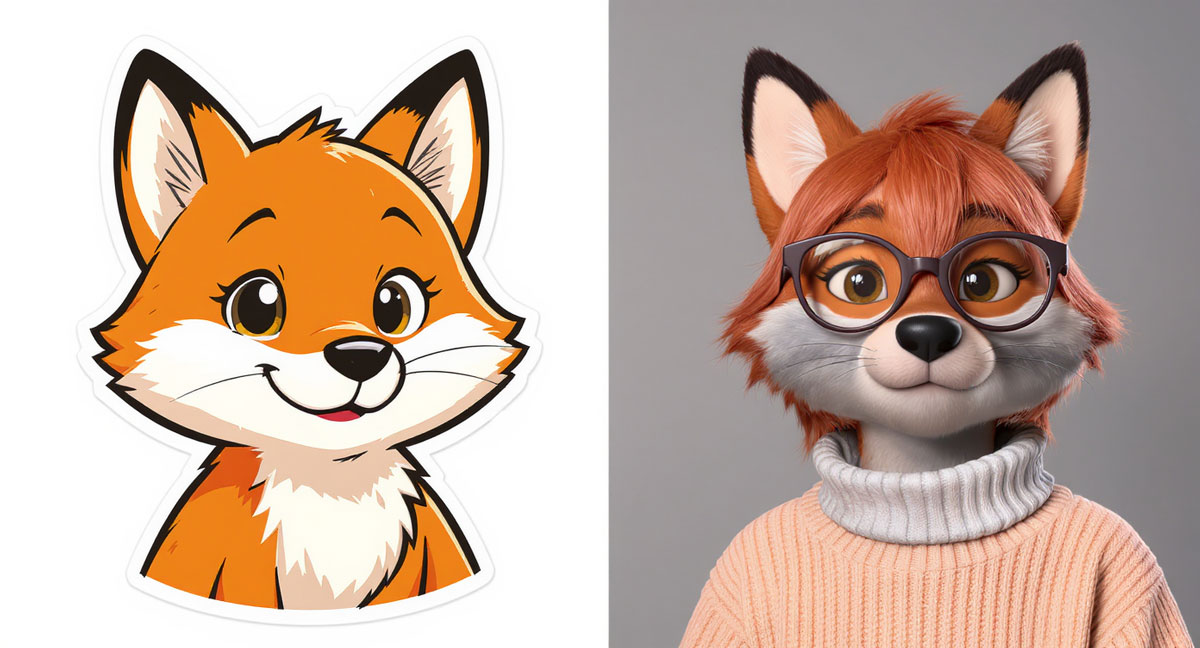
How much does it cost to create one that seems totally authentic?
What are the operating costs, ie having this virtual model doing something new?
Hi Kenny,
The costs vary depending on design complexity (hyper-realistic 3D modeling, AI-driven facial expressions, body physics) and iterations for photorealism.
Operating costs for new actions depend on animation time, AI compute resources, licensing, and updates, varying by project scale.
For tailored guidance, please contact us at https://dreamfarmagency.com/contact-us/.
We’d love to discuss your vision.